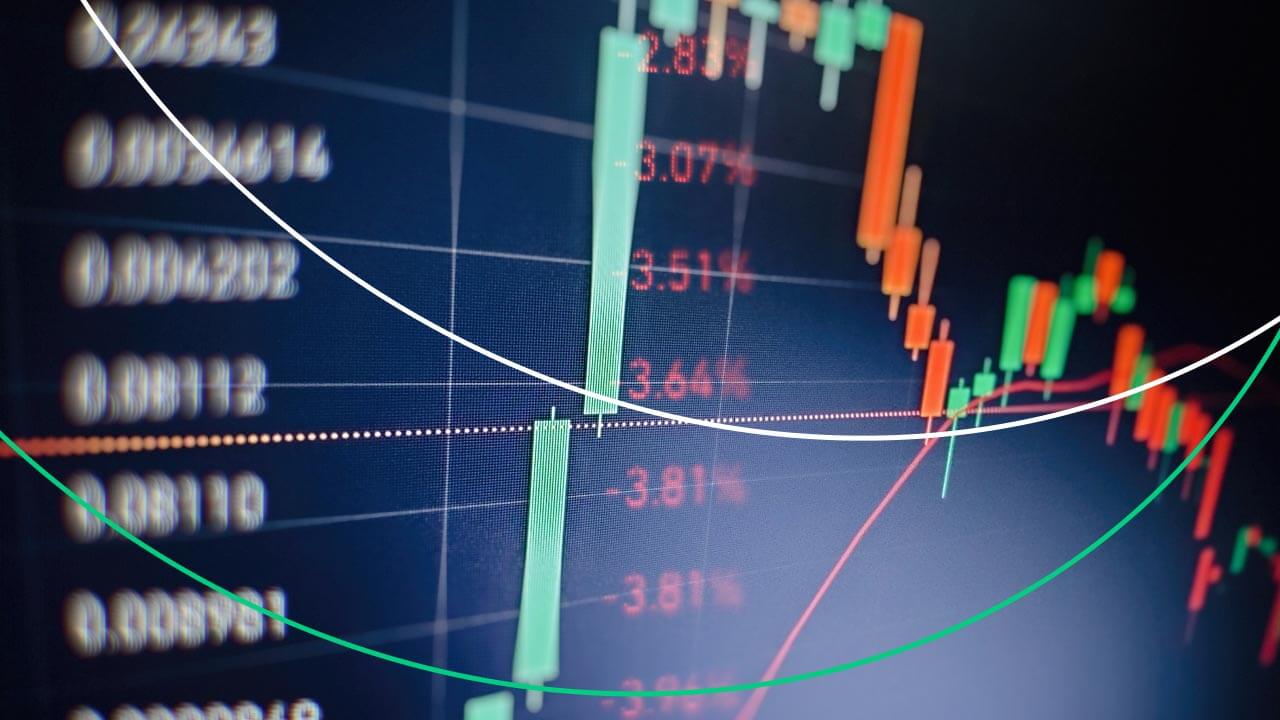
Understanding How Index Trading Works
Indices move billions every day and the question is, are you trading them efficiently? See how data-backed index strategies turn volatility into opportunity.
Markets rarely move because of one stock. They shift because entire sectors rise or fall together. Index trading lets you trade that collective force, one position that mirrors the strength or weakness of an entire economy. It’s how professional traders simplify exposure while keeping control of risk.
Why Traders Choose Index Trading
Indices give traders the ability to manage broad market exposure through one position. They are favored because they offer:
Diversification: capture multiple sectors without spreading capital across many trades.
Liquidity: tighter spreads and consistent price action suitable for both short and long horizons.
Controlled volatility: smoother movements compared to single-stock fluctuations.
They also serve as a powerful hedging tool. For instance, traders can short an index during market downturns to offset equity losses. This flexibility keeps portfolios balanced and capital protected when volatility spikes.
Market Evolution Between 2020 and 2025
Between 2020 and 2025, index trading shifted from directional speculation to precision-based execution.
The 2020 volatility shock, when the VIX hit 82.69, exposed inefficiencies in purely momentum-driven models. Institutional flow data from CME and S&P Global showed a surge in systematic hedging and volatility-linked positioning, with S&P 500 futures volume rising over 35% year-on-year during that period.
By 2021–2023, algorithmic trading accounted for over 70% of total index volume across U.S. and European markets, forcing discretionary traders to adapt to liquidity clustering and intraday microstructure shifts.
Cross-asset correlation between the S&P 500 and Nasdaq-100 increased from 0.63 in 2019 to 0.82 in 2024, highlighting tighter synchronization driven by ETF flows and macro-linked arbitrage.
By 2025, successful index desks rely on statistical confirmation, volatility modeling, and correlation-weighted exposure to manage risk. Trading decisions now prioritize cross-index alignment and liquidity structure, rather than subjective directional bias.
Core Drivers Behind Index Price Movement
Indices move on the combined impact of earnings, sector rotation, and economic performance.
Data such as GDP growth, inflation, and employment levels directly shape investor expectations. Institutional capital flows and derivatives positioning also create short-term trends.
Successful traders track these elements together to forecast direction rather than reacting to isolated events.
Effective Index Trading Strategies

Index trading strategies vary by horizon, risk tolerance, and execution style:
Trend trading: align with sustained momentum, confirmed by structural patterns and volume shifts.
Breakout trading: target moves following volatility expansion beyond key levels, entering when conviction is strongest.
Swing trading: capture intermediate price cycles within defined zones, using rhythm and technical confirmation.
Hedging: short indices to offset exposure and protect portfolios without liquidating holdings.
Precision Techniques for Index Trading
Execution precision determines trading success. Professional traders define major support and resistance levels and assess price action relative to moving averages.
Momentum indicators such as RSI or MACD validate directional strength, while volume confirms conviction. Volatility measures reveal shifts in market sentiment, and cross-index analysis distinguishes global trends from isolated moves.
A disciplined technical framework transforms speculation into a measurable trading process.
Professional Risk Control in Index Trading
Capital preservation is the cornerstone of consistent performance. Each trade should risk a fixed proportion of total capital, with stop levels set according to technical structure rather than emotion.
Avoid widening stops or averaging into losing positions, as this erodes discipline and increases exposure. Diversify across instruments and timeframes instead of correlated positions to reduce systemic risk.
Professional traders treat risk as a fixed operational cost, ensuring longevity in volatile markets.
Structured Trade Preparation for Index Trading
Preparation distinguishes disciplined execution from reactive trading.
Before entering a position, confirm alignment with macro trends, identify volatility conditions, and set defined entry and exit levels. Monitor upcoming economic releases or events that could shift sentiment.
Document each trade with entry criteria, rationale, and results to build a data-driven framework. Over time, this discipline strengthens execution precision and improves risk-adjusted performance.
Performance Testing and Strategy Scaling
Consistent trading depends on measurable testing and disciplined tracking. Backtesting strategies across varied market conditions verifies statistical reliability.
Simulated trading environments enable execution and timing validation before capital is committed. When strategies prove consistent, position sizing can be scaled with precision.
Besides, regular review of trade records and performance metrics ensures adaptability to changing conditions, turning structured testing into sustained trading growth for indices trading.
Why Indices Fit Modern Traders
Trading indices provide access to entire markets in a single, liquid instrument. They offer macro exposure, clarity in price behavior, and transparent market depth.

This structure suits both discretionary and algorithmic approaches. As global correlations strengthen, indices allow traders to capture collective sentiment efficiently.
For professionals seeking scalable strategies, index trading remains a cornerstone of portfolio design.
Frequently Asked Questions (FAQ)
1. Are indices safer than single stocks?
They reduce company-specific risk but still respond to macroeconomic and sentiment shifts.
2. What capital is needed to start?
Margin-based instruments allow smaller exposure, while futures or ETFs may require higher capital depending on trade size and duration.
3. Can indices be traded 24/5?
Yes. Major index derivatives operate nearly around the clock, giving access across Asia, Europe, and the US sessions.
Final Thoughts
If you already understand market structure, start applying the principles with a clear plan.
Begin by backtesting your approach, tracking outcomes, and refining entries and stops. Use small live positions to measure how your method performs under real conditions. Precision grows with structure, and consistency follows discipline.
Start building your index trading system today and focus on execution that can be quantified, repeated, and scaled.
Disclaimer: This material is for general information purposes only and is not intended as (and should not be considered to be) financial, investment or other advice on which reliance should be placed. No opinion given in the material constitutes a recommendation by EBC or the author that any particular investment, security, transaction or investment strategy is suitable for any specific person
























